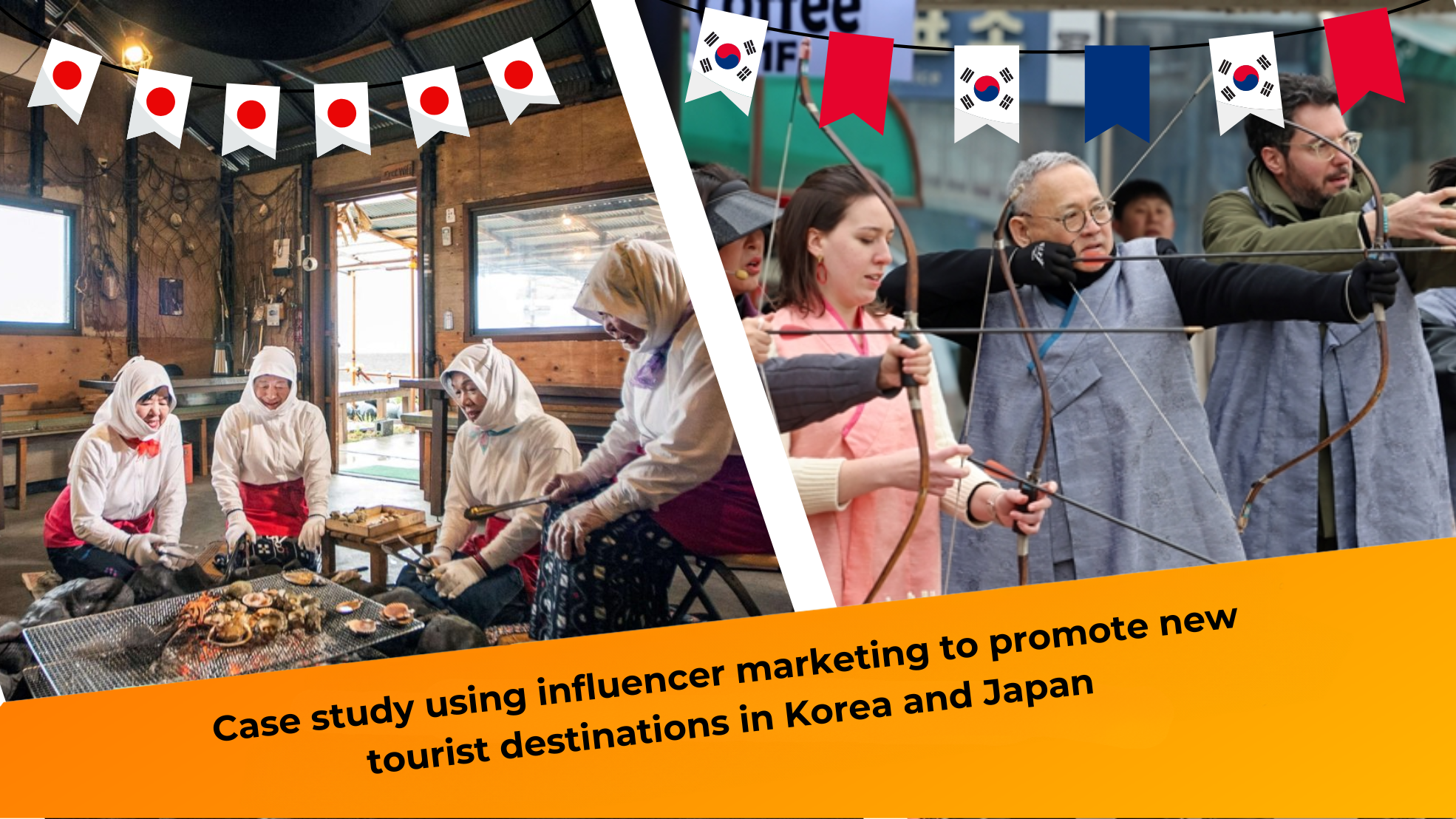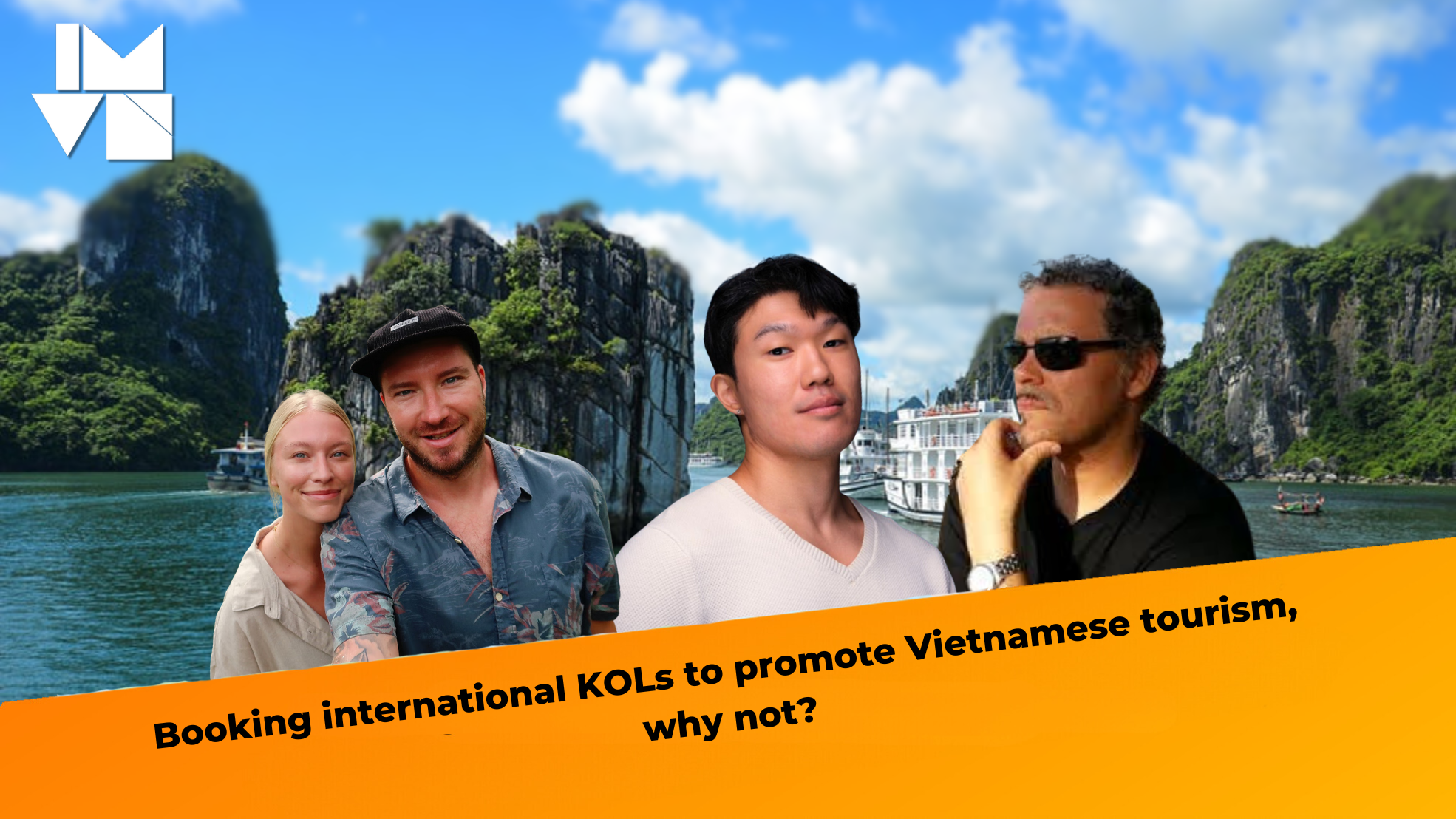Building an Effective Influencer Marketing Campaign: A Step-by-Step Guide
Influencer marketing has become an engaging and effective communication channel for both large brands and businesses with limited budgets. More and more brands are investing in this powerful marketing method to promote products and elevate their brand image.
So, what are the steps to building a successful influencer marketing campaign?
Step 1: Define KPIs, Budget, and Target Audience
The first step in building an influencer marketing (IM) strategy is to establish a budget, identify your target audience, and define key performance indicators (KPIs). KPIs may include reach, impressions, engagement rate, click-through rate, follower growth, and sales generated after the campaign. When setting the budget, it’s crucial to balance campaign costs with the number of participating influencers.
Step 2: Select KOL Social Media Channels
Each platform attracts different demographics. Brands need to identify the most suitable platforms to reach their desired target audience.
However, many brands now utilize multiple platforms within a single campaign to reach a wider audience. For example, some opt to produce viral videos on YouTube and share them on influencers’ Facebook pages for increased campaign reach.
Step 3: Determine the Campaign Timeline
Many brands strategically choose specific dates or times to launch their marketing campaigns. However, this approach isn’t always effective.
For optimal results, the campaign timeline should be balanced across platforms, aligning with important dates or running concurrently with other marketing activities.
Vinasoy’s 2016 “Home is Where” campaign, while focused on Vietnamese Family Day (June 28th), had a well-structured and distributed timeline, maintaining momentum until the final days. It began with the release of the “Home is Where” music video featuring Van Mai Huong and Noo Phuoc Thinh on June 19th, followed by daily PR articles.
From June 28th to early July, numerous KOLs shared emotional posts about family with the hashtag #nhalanoi on Facebook. After over a month, the nhalanoi.com homepage received nearly 50,000 family stories and thousands of social media shares.
Developing a suitable timeline and distributing content evenly are crucial steps, as demonstrated by Vinasoy’s #nhalanoi hashtag dominating social media throughout the month-long campaign.
Step 4: Select KOLs
Choosing KOLs is often challenging for brands. Establishing clear criteria and creating a list of influencers for the IM campaign are vital. Ideally, the KOLs’ voices should align with the brand message to resonate with their audience.
Before partnering with celebrities or popular figures, brands should carefully assess their reach across platforms to identify the right audience and evaluate their past performance with other brands. This helps brands estimate campaign KPIs.
To collaborate with suitable influencers, brands should consider contacting a specialized influencer agency for optimal results. Agencies often possess extensive KOL databases and can offer valuable advice.
Step 5: Prepare the Brief
A comprehensive campaign brief is essential. It should be meticulously prepared, outlining campaign requirements, messaging, objectives, and other key details.
Savvy brands may involve influencers in the creative process. This allows influencers to create authentic content about the brand in their own style, facilitating faster audience engagement. Forced, scripted content that deviates from a KOL’s usual style often fails or even receives negative feedback.
Step 6: Content Approval and Launch
Brands should review influencer-generated posts, images, and videos before they go live. If content changes are necessary, brands should allow sufficient time to avoid disrupting the campaign timeline.
Once the content is approved, KOLs can launch it on their social media channels according to schedule. During this phase, brands must closely monitor the campaign, track its reach, and gather community feedback.
Step 7: Amplify and Optimize
Before and after the campaign launch, brands should take steps to promote and amplify the message to a wider audience. This includes boosting posts, sharing viral clips on their official channels, actively engaging with customers, and organizing mini-events like giveaways, photo contests, and writing competitions. Brands can further optimize the campaign by encouraging KOLs to promote it on their own social media channels and strengthen call-to-actions within the content, including relevant information like hotlines or PR article links for wider dissemination.
Step 8: Reporting and Analysis
Collecting data, including reach, views, impressions, and engagement across both campaign channels and influencer platforms, is crucial for generating comprehensive reports. These metrics help brands evaluate campaign effectiveness, public opinion, and feedback.
Comparing these figures with pre-campaign KPIs and similar marketing activities provides valuable insights for future strategies, budget allocation, and influencer selection.





